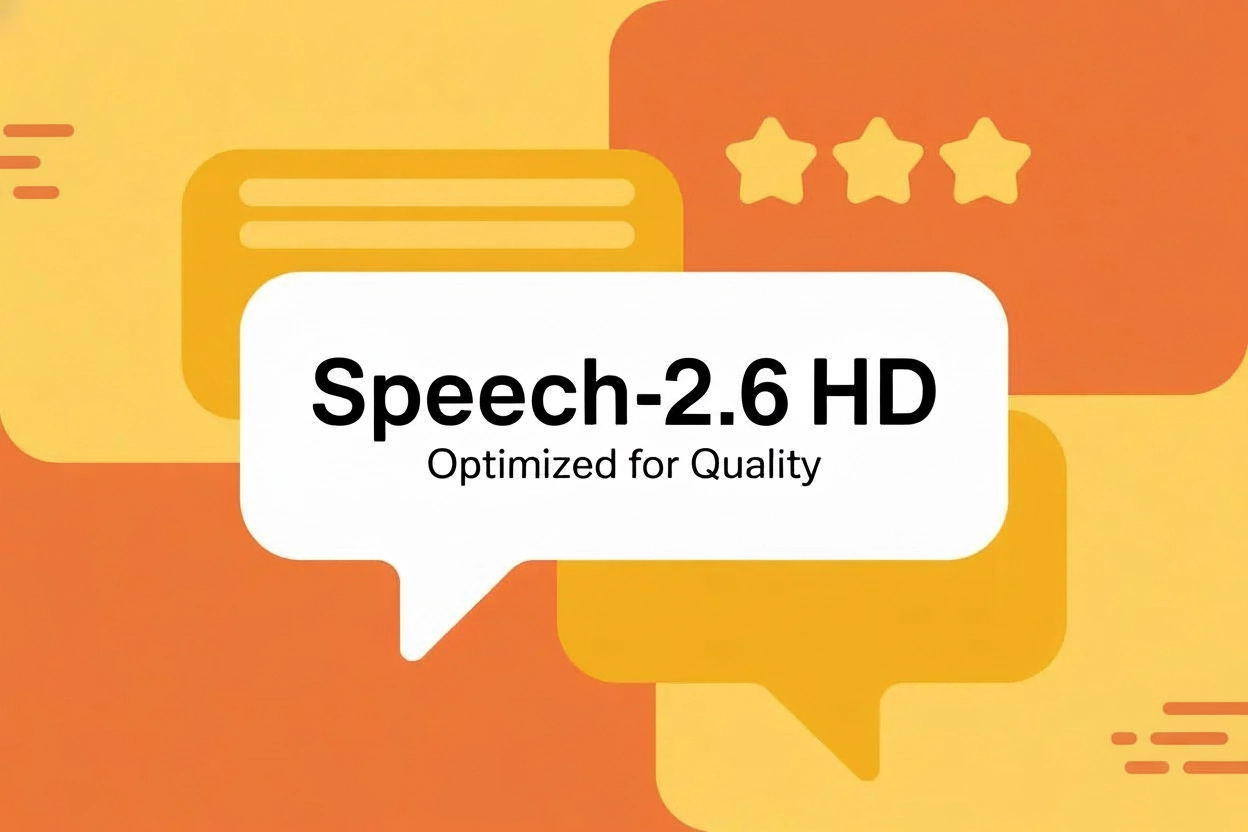Comet API Blog
The CometAPI Blog shares practical guides and updates on mainstream
AI models to help developers get started quickly and integrate them efficiently.
GLM-4.6: Feature, architecture and Benchmark performance
In the rapidly advancing world of artificial intelligence, the release of each new large language model (LLM) represents more than a numerical version bump — it signals progress in reasoning, coding ability, and human–machine collaboration. In late September 2025, Zhipu AI (Z.ai) unveiled GLM-4.6, the newest member of its General Language Model family. Building on […]
GitHub Copilot CLI vs Claude code: Which is more suitable for you?
GitHub released Copilot CLI into public preview (terminal-native, GitHub-aware, agentic), and Anthropic shipped Claude Sonnet 4.5 plus upgrades to Claude Code (bigger agentic power, longer autonomous runs). Below I summarize what’s new for each, explains what each product is, compares price, context windows, code performance, core architecture, developer experience and tooling integration, shows how to […]
How to access archived chats on ChatGPT
As ChatGPT continues to evolve, one of the most practical features for everyday users is the ability to archive and later retrieve past conversations. Archiving keeps your workspace tidy without permanently deleting content you may need later, and recent product changes — including expanded memory options and new safety/parental controls — make it more important […]
Agent mode in ChatGPT: Architecture, Feature, and More
Agent Mode is OpenAI’s move to turn ChatGPT from a conversational assistant into an action-taking digital worker: an AI that can reason, browse, run code, manipulate files, and take step-wise actions on your behalf inside a controlled, sandboxed environment. Rather than only answering questions or drafting text, an agent can autonomously execute multi-step tasks — […]
How to Access DeepSeek-V3.2-Exp API
DeepSeek released an experimental model called DeepSeek-V3.2-Exp on September 29, 2025, introducing a new sparse-attention mechanism (DeepSeek Sparse Attention, or DSA) that targets much lower inference costs for long-context workloads — and the company simultaneously cut API prices by roughly half. This guide explains what the model is, the architecture/feature highlights, how to access and […]
Sora 2: What is it, what can it do & how to use
On September 30, 2025, OpenAI unveiled Sora 2, the next-generation text-to-video and audio model and a companion social application called Sora. The release represents OpenAI’s most visible push yet into generative video: an attempt to bring the kind of rapid, creative iteration that ChatGPT brought to text into short-form video, while packaging the capability inside […]
Claude Sonnet 4.5 — what’s new, how it performs, and why you might pick it
Claude Sonnet 4.5 (commonly shorted to Claude 4.5) is Anthropic’s September 29, 2025 frontier release focused on long-horizon agentic work, coding, and “computer use” (automating multi-step tasks across tools). It delivers large jumps in autonomous coding duration, tool use, and aligned behavior, while keeping the same per-token pricing as the previous Sonnet release. For teams […]
Combining Continue and CometAPI — a practical, up-to-date guide
You can plug CometAPI — a single API gateway that exposes hundreds of models — into Continue (the open-source, IDE-integrated AI code agent) so your VS Code Continue extension talks to CometAPI’s models. This article explains what each product is, why you’d combine them, the environment and prerequisites, an exact step-by-step integration recipe (including the […]
Integrating Dify with CometAPI: A Step-by-Step Guide
In the rapidly evolving landscape of artificial intelligence, the synergy between platforms and models is paramount for developing robust AI applications. Dify, an open-source LLM (Large Language Model) application development platform, offers seamless integration capabilities with CometAPI’s powerful models. This article delves into the features of Dify, elucidates the integration process with CometAPI, and provides […]
What are the limitations of Gemini usage limits across all tiers?
Google has moved from vague “limited access” wording to explicit, per-tier caps for the Gemini app (free, Google AI Pro, and Google AI Ultra). Those caps cover daily prompts, image generation, Deep Research reports, video outputs, context window sizes and — in Ultra — access to the highest-end reasoning mode called Deep Think. This article […]

How to Use Sora 2 Without Watermarks—A Complele Guide
OpenAI’s Sora 2 — its latest video-and-audio generative model — arrived this fall as a major step forward in photorealistic video generation and synchronized audio. […]

How to Run GPT-5-Codex with Cursor AI?
Lately,OpenAI has launched a specialized version—GPT‑5‑Codex—specifically tuned for software engineering workflows via its Codex brand. Meanwhile, coding-IDE provider Cursor AI has integrated GPT-5 and GPT-5-Codex […]

MiniMax Releases MiniMax Speech 2.6 — A Deep Dive into the New Speech Model
MiniMax announced MiniMax Speech 2.6, the company’s newest text-to-speech (TTS) / text-to-audio engine optimized for real-time voice agents, voice cloning, and high-fidelity narration. The update […]

How to delete Luma AI creations? 2 Ways!
Generative tools like Luma AI’s Dream Machine make powerful, beautiful images and videos fast — but sometimes you change your mind. Whether you want to […]

How Much Does Cursor Composer Cost?
Cursor Composer is a new, frontier-grade coding model released as part of Cursor 2.0 that delivers much faster, agentic code-generation for complex, multi-file workflows. Access […]

How to access and use Minimax M2 API
MiniMax M2, a new generation large language model optimized for agentic workflows and end-to-end coding. MiniMax publicly released MiniMax-M2 and published weights on Hugging Face; […]
